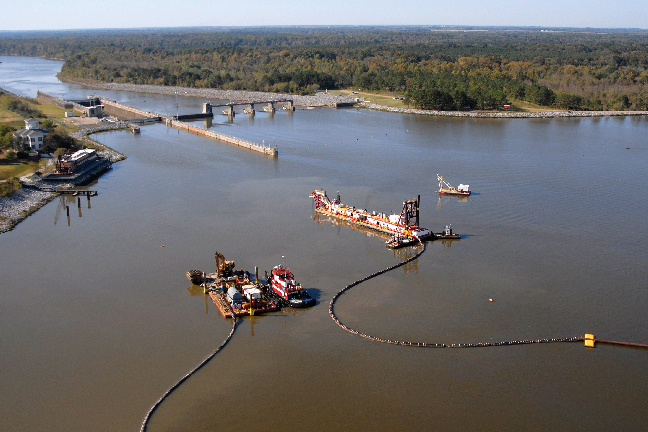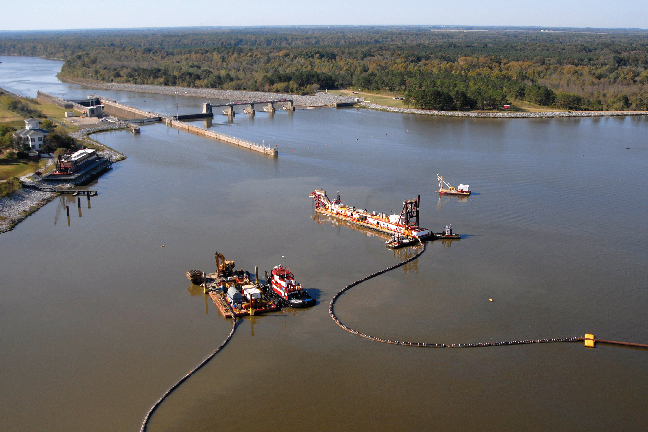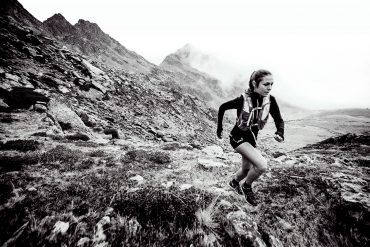In 1972, the U.S. Army Corps of Engineers (COE) completed a gigantic project creating a shortcut for moving commerce between the Tennessee River in the northeastern corner of Mississippi and the Tombigbee River in western Alabama. The Tennessee-Tombigbee Waterway is the nation’s largest water resource project ever, and it remains the largest earth-moving project in history.

How big? This project moved 301 million cubic yards of soil to create the waterway and series of 10 locks and dams. By comparison, constructing the Panama Canal took moving only 201 million cubic yards. The result was a 234-mile-long waterway that allows barges to cut hundreds of miles off the distance from Point A to Point B. It’s estimated the transportation savings to American consumers is about $113 million per year.
Another result of this gigantic project was the creation of hundreds of thousands of acres of bottomland wildlife habitat and 52 public recreation areas. Most of these lands are owned by the COE but managed by the respective state wildlife agencies in Mississippi and Alabama. Above each lock and dam is a lake that tails down into more river-like conditions before it reaches the next impounded area. This creates an abundance of varied wildlife habitats.

Around 70,000 acres of land open to public hunting border the waterway, mostly bottomland hardwoods. Another 110,000 acres of public hunting land don’t touch the water. This land of course has formed a mecca for waterfowlers, but an entire culture of deer hunting has grown up around these opportunities as well.
An online search of deer hunting along the Tenn-Tom turns up a lot of photos of proud hunters holding onto good bucks while sitting in jonboats. Many of the public properties have road access, but they get heavy hunting pressure during deer season. For that reason, savvy hunters take to the water to access out-of-the-way places offering better chances of shooting mature bucks.
The hunter using a boat should be aware that this is a commercial waterway; large barges plow big wakes as they travel up and down the river. Care should be taken when tying off a boat so it doesn’t get swamped by a barge or other large vessel.
There’s not much farmland surrounding the waterway, so the daily focus of deer during the hunting seasons revolves around native mast and browse. Various oaks, along with…





